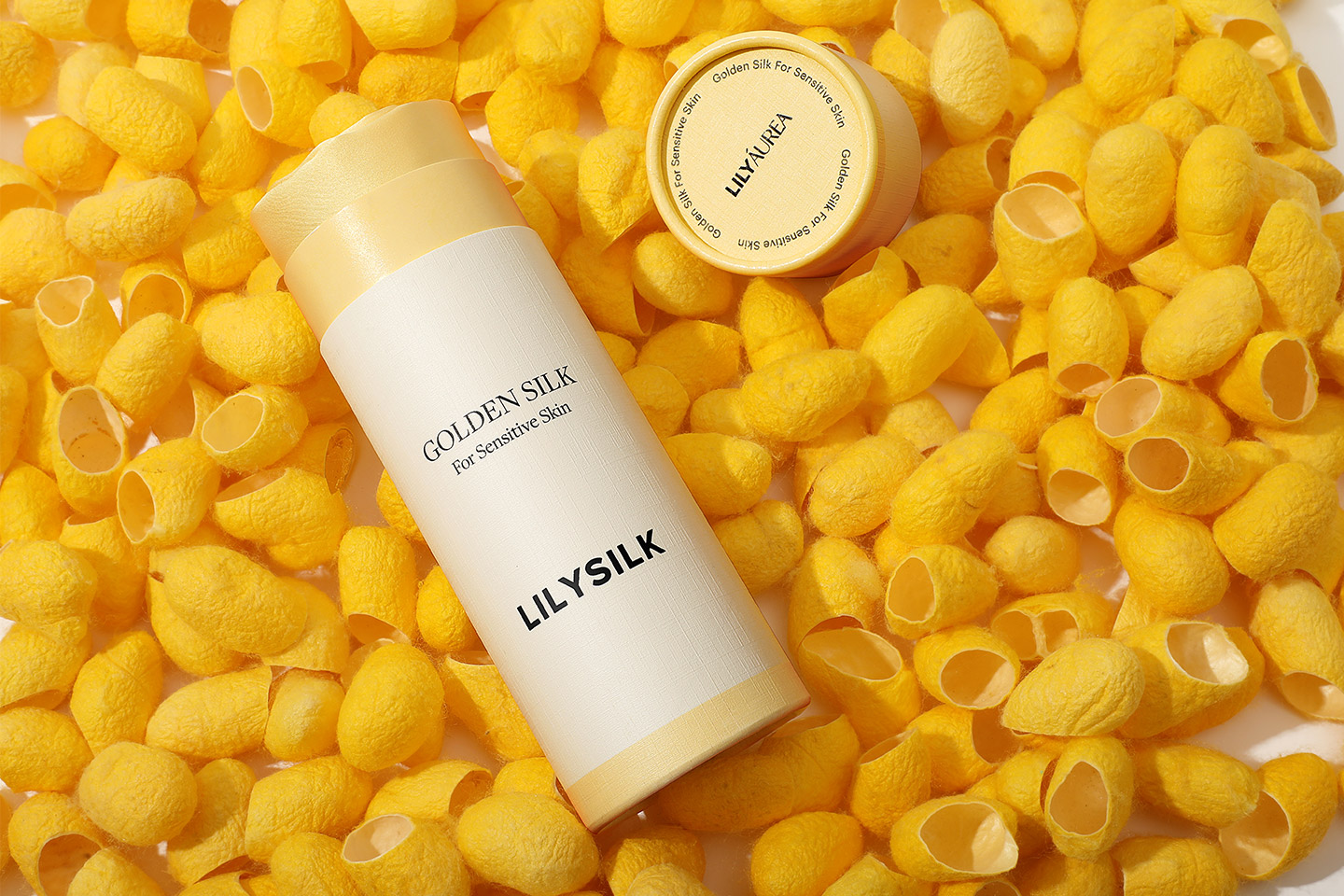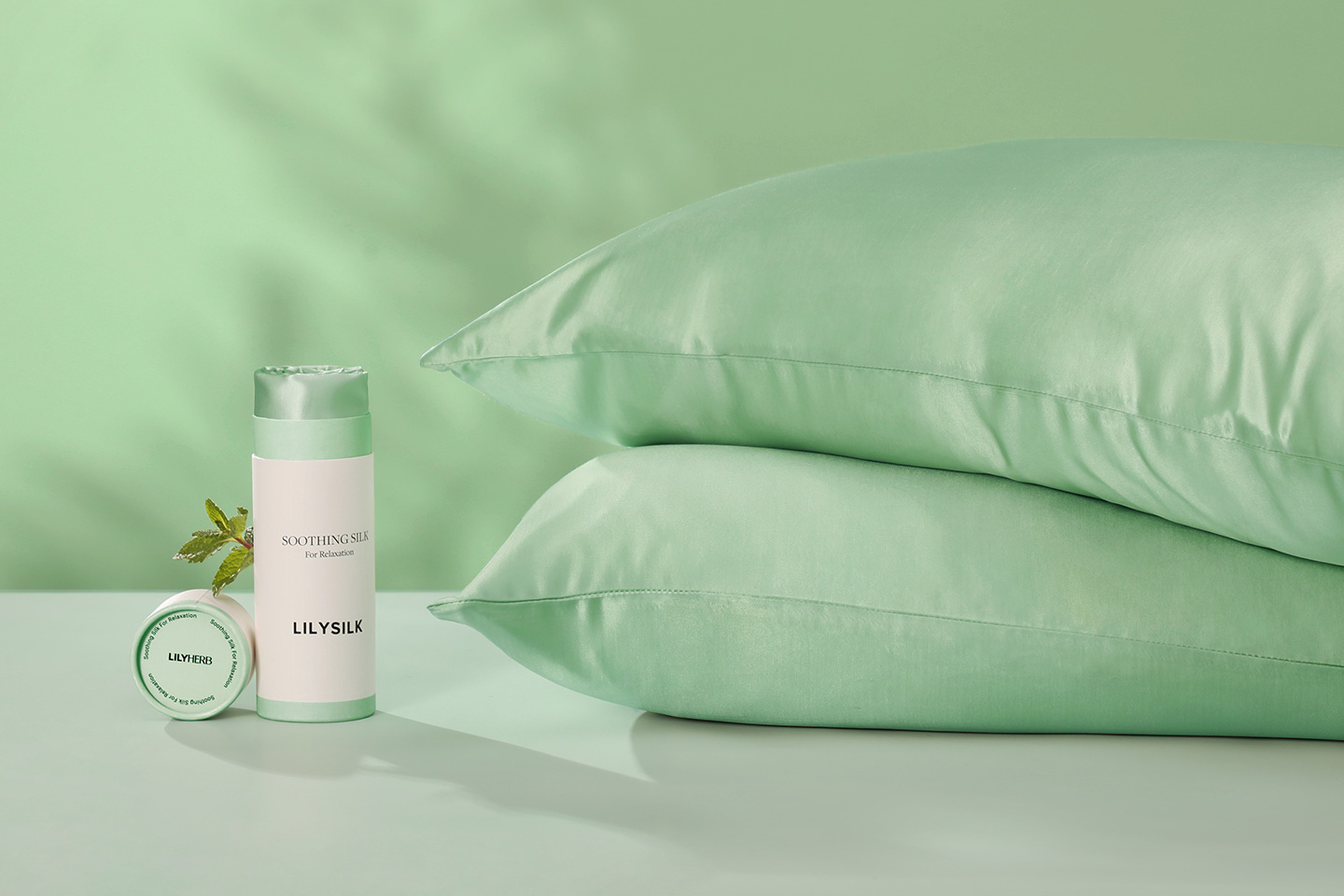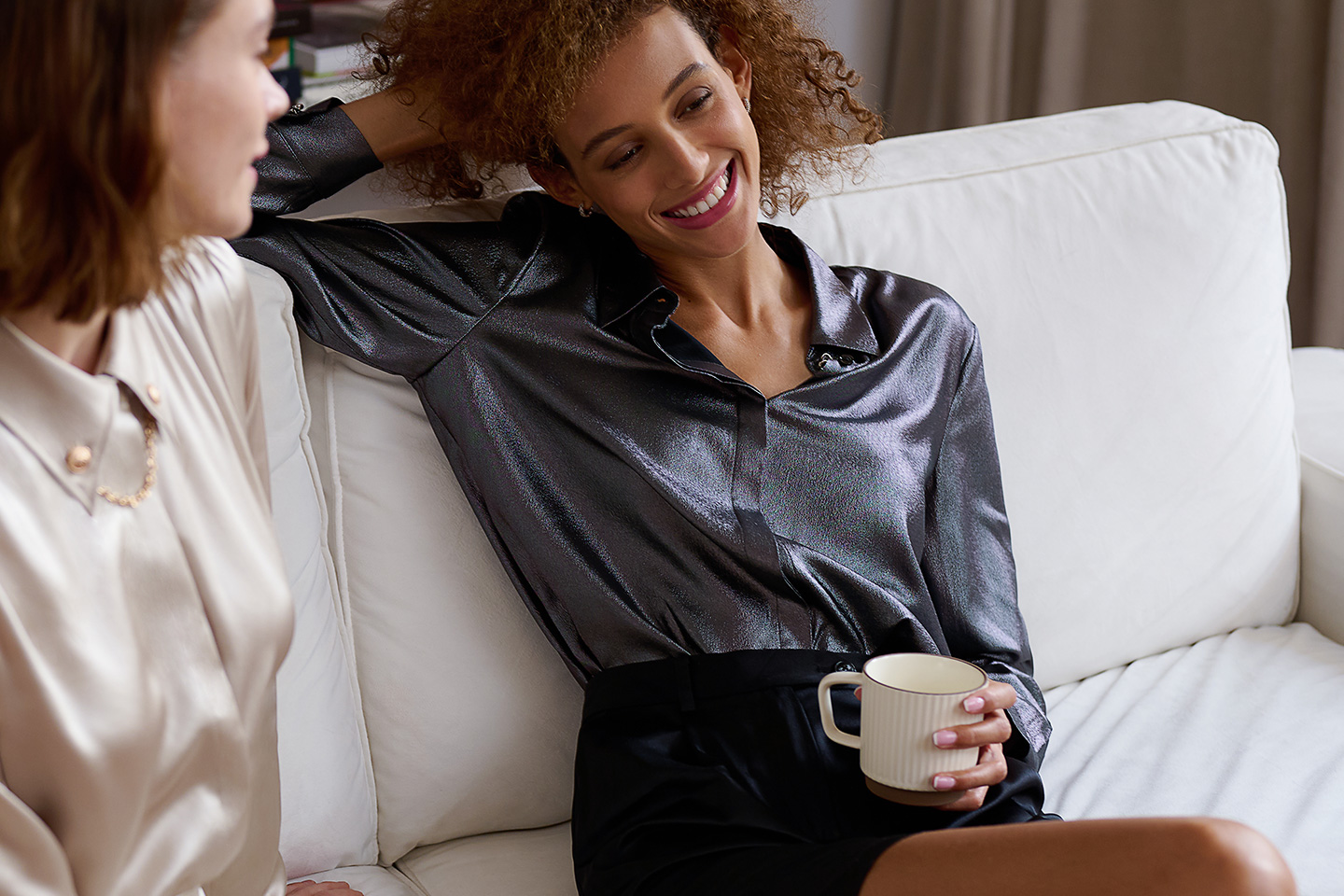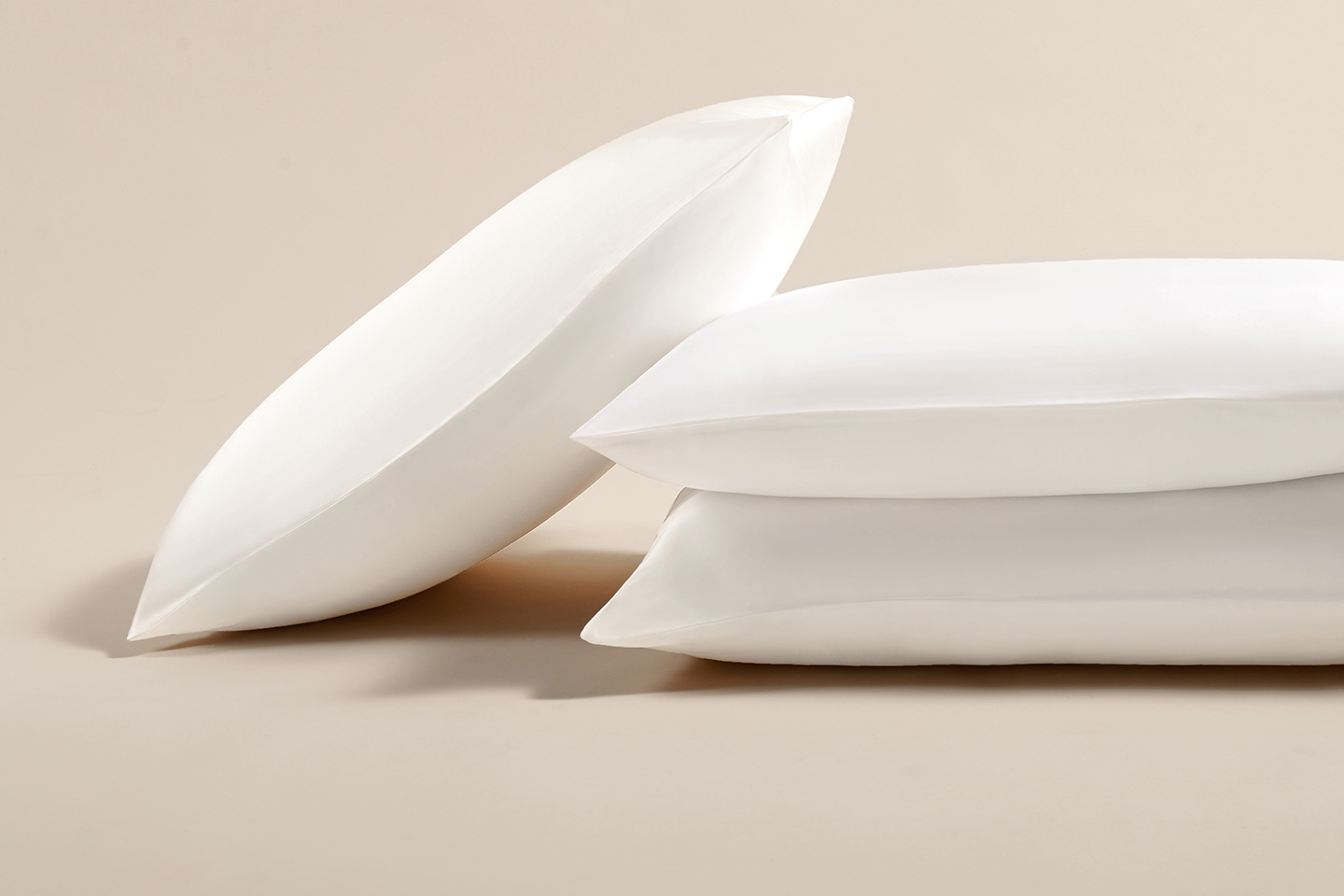It's said that before 2700 BC, when ancient China was still in the tribal era, Lei Zu, the wife of Huangdi, the leader of the tribal alliance, accidentally discovered cocoons in the wild. When they took the cocoons back from the tree, they found these white oval balls were inedible. Lei Zu tried to weave the boiled cocoons into the fabric and found clothes made from this fabric were pretty comfortable and beautiful. Since then, China started the history of using silk for clothes.
The history of discovering and using silk for China has been thousands of years, and till the three-century BC, silk was brought to Europe from China. European aristocrats were fascinated by this stunning fabric and exclaimed, "it's a miracle of beauty." It's undoubtful that China has unbeatable experience and techniques in silk-producing and manufacturing.
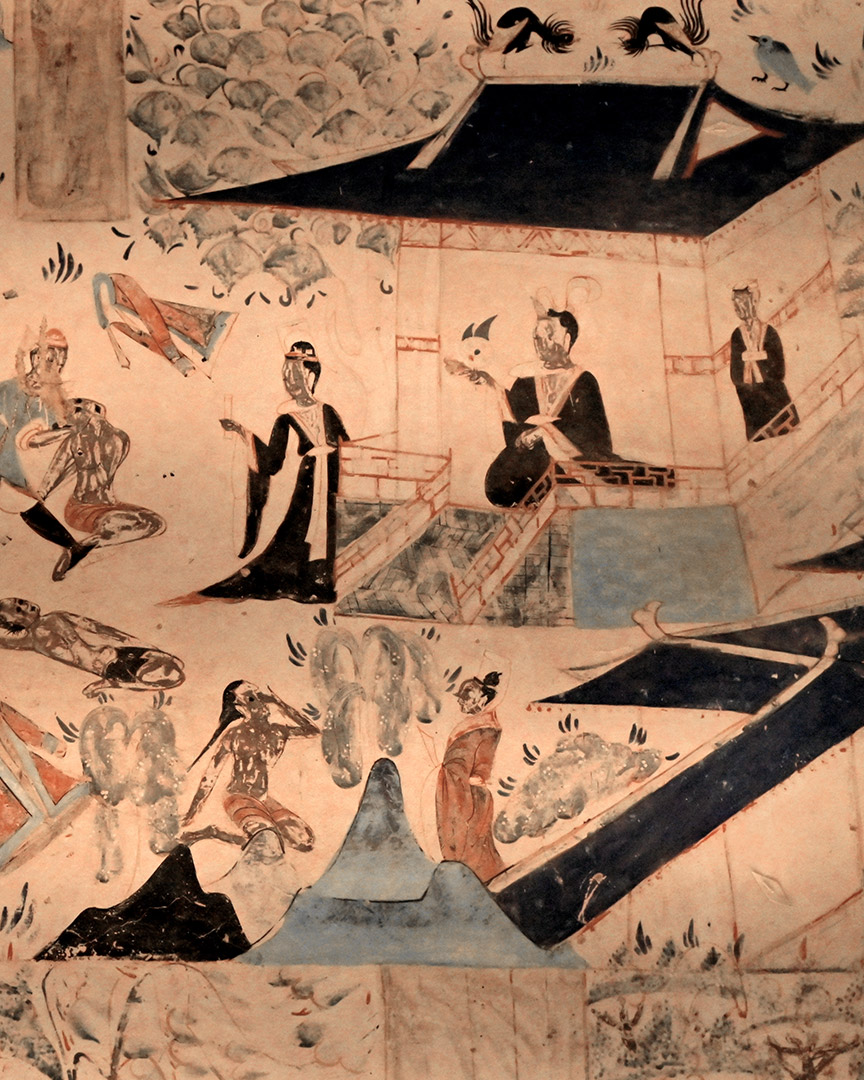
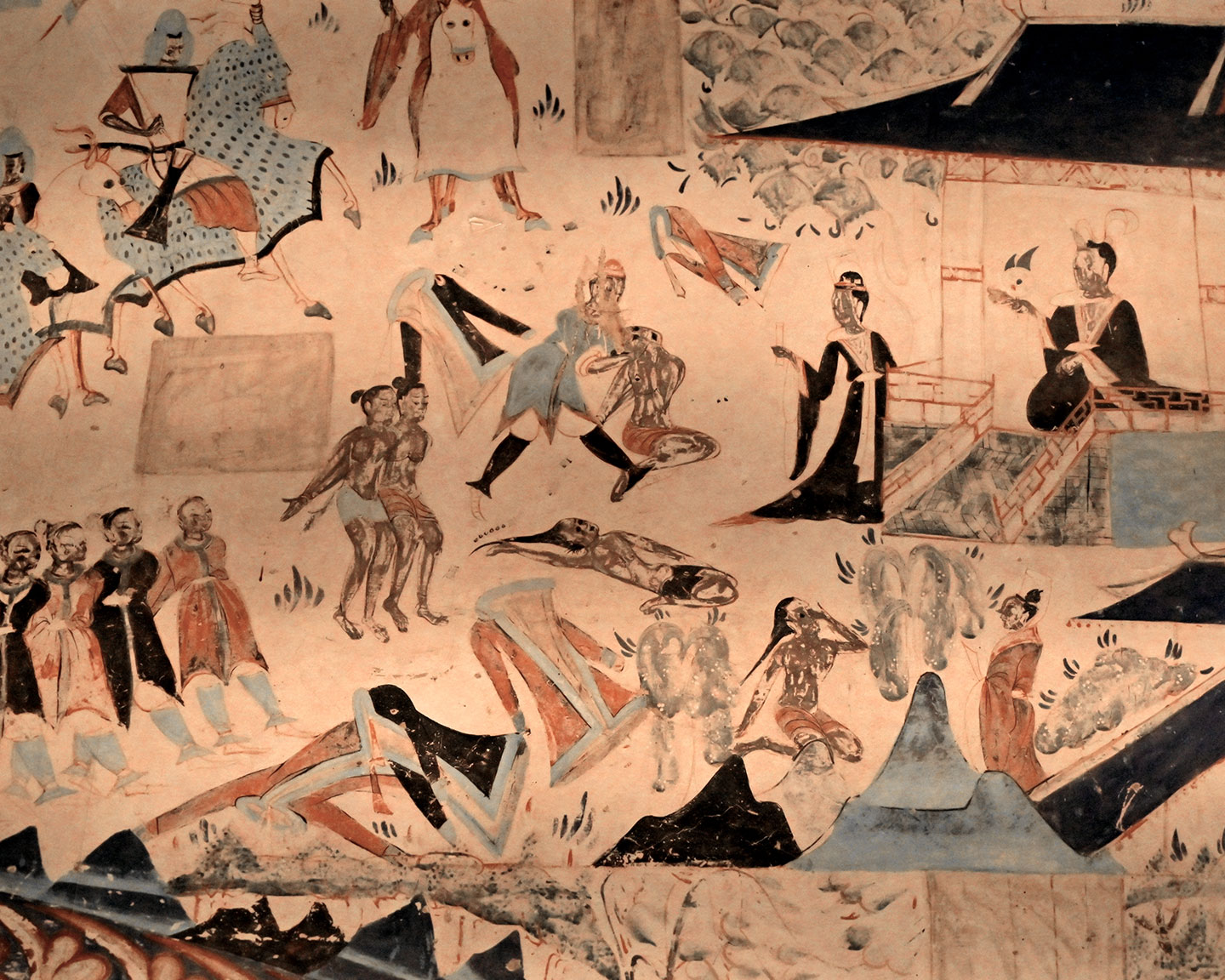
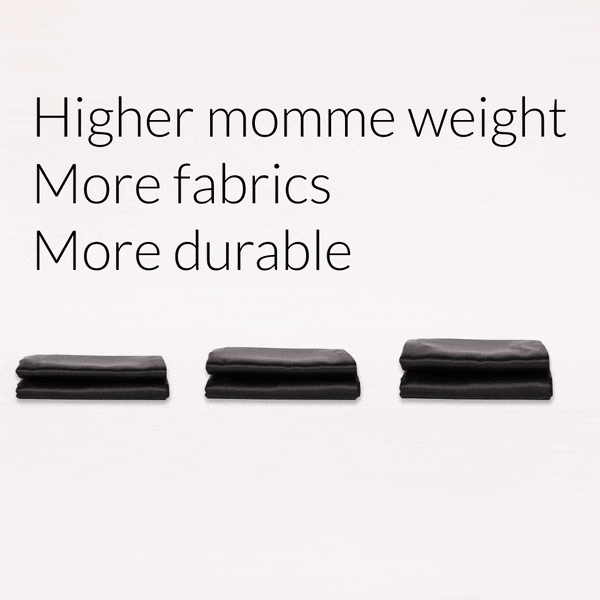
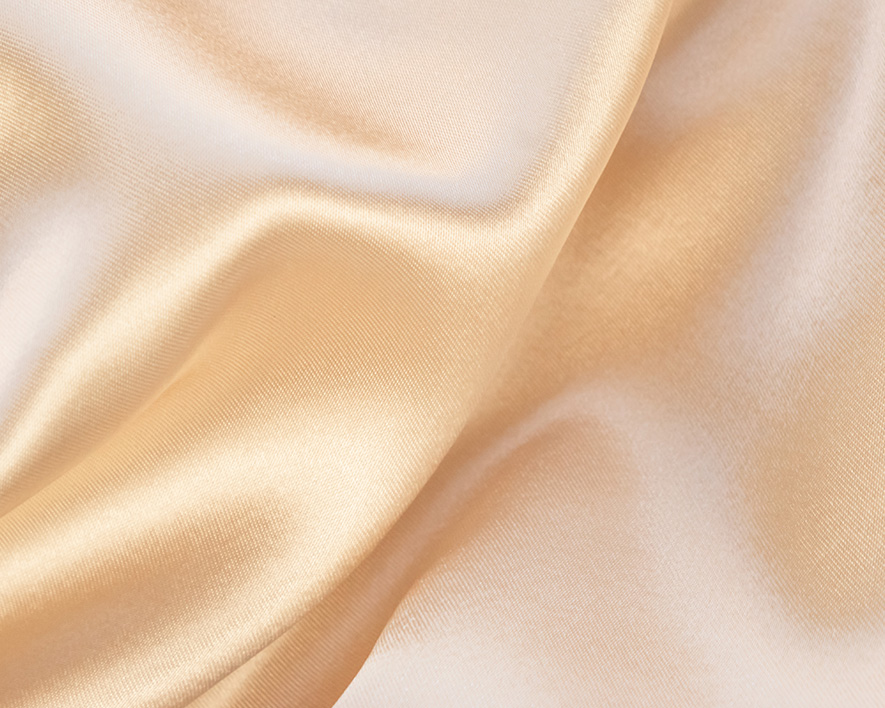
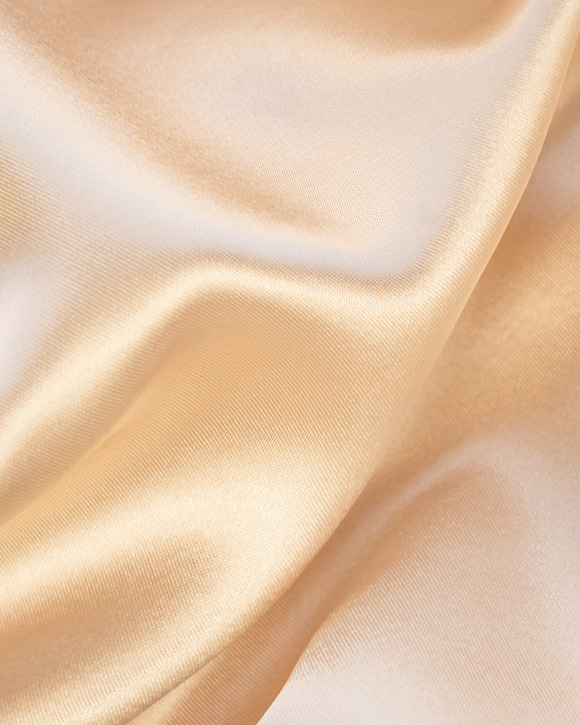
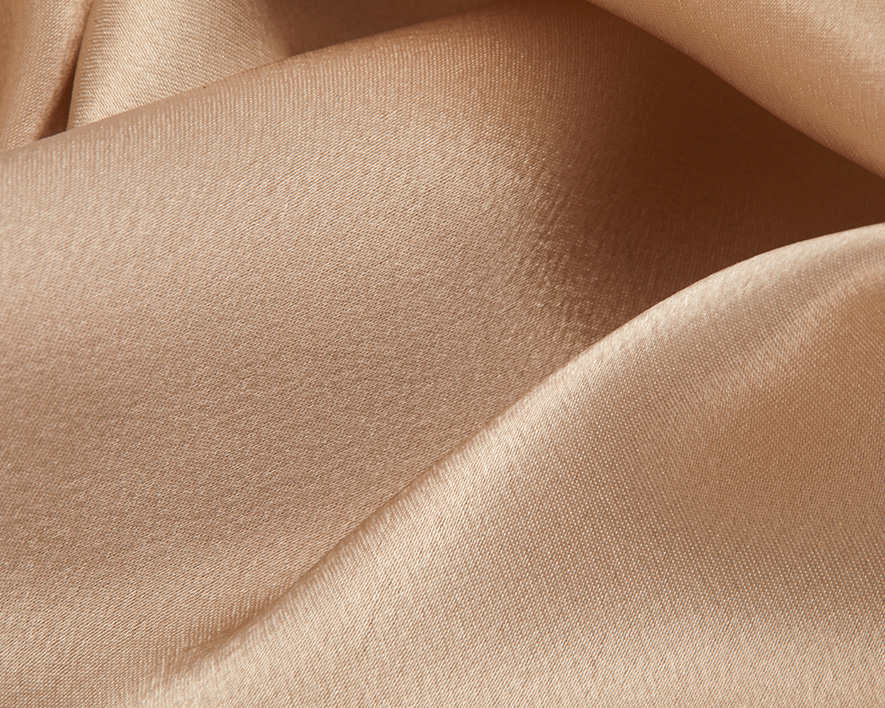
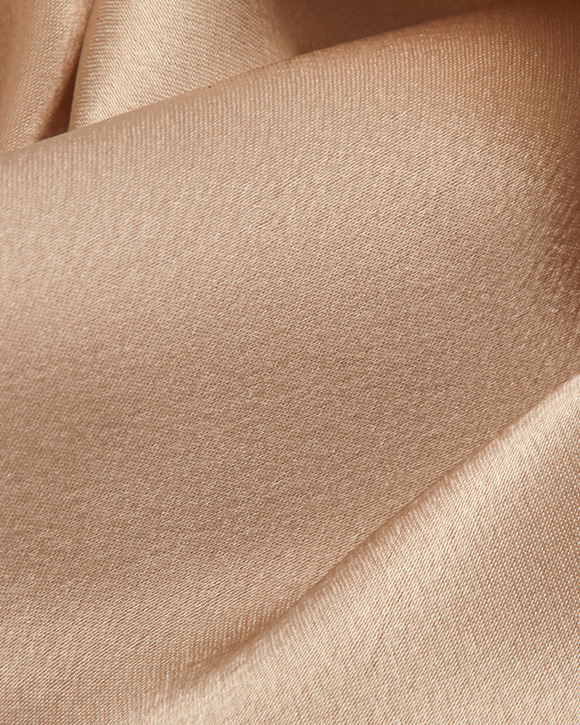
| Charmeuse silk | Crepe de chine silk | |
| FABRIC TRAITS | Extra luster and smoothness on the front side and dullness on the back. | Unnoticeable luster and has a distinctive pebbly-like "rough" look and feel. |
| ADVANTAGES |
|
|
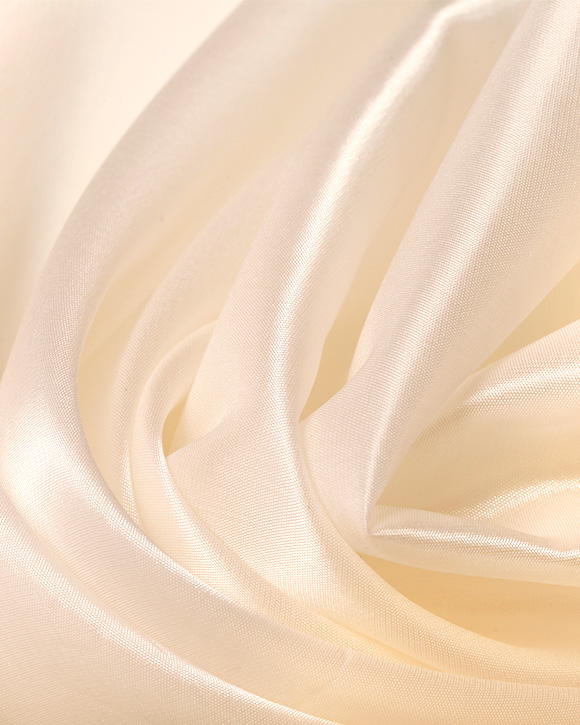
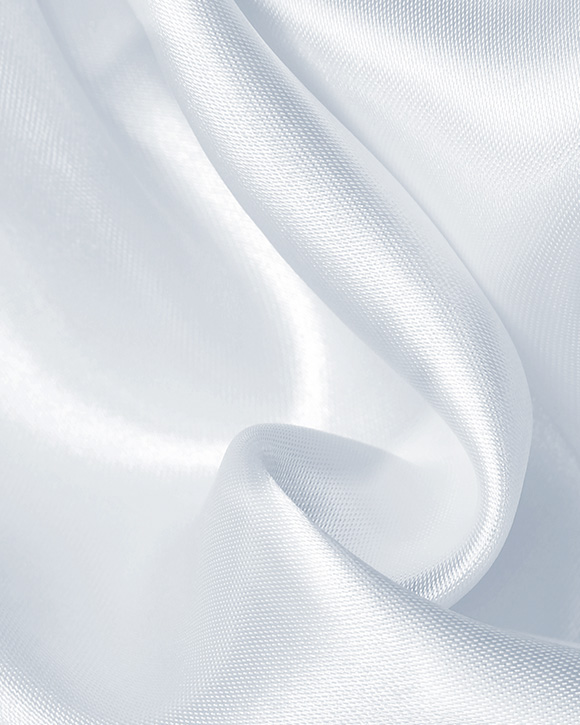
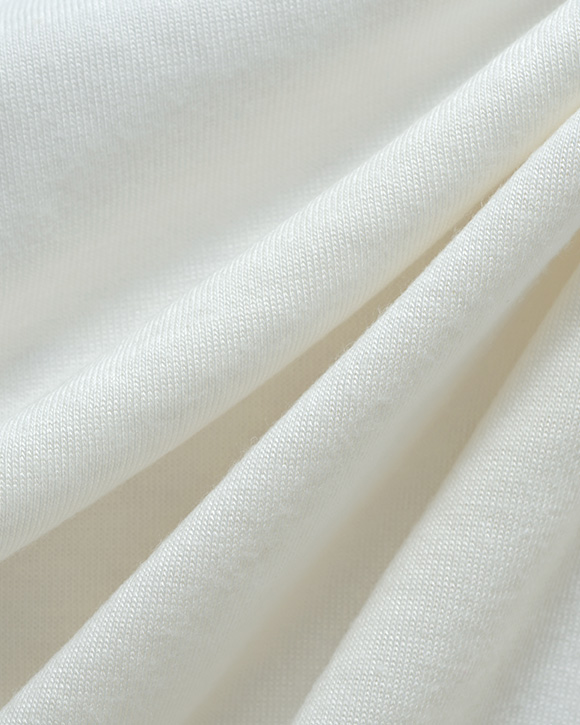
| Silk | Satin | Cotton | |
| MATERIAL | Natural protein fiber | Man-made fabric | Natural plant fiber |
| SKIN-FRIENDLY |
|
|
|
| SOFT & SMOOTH |
|
|
|
| BREATHABLE |
|
|
|
| ANTIBACTERIAL |
|
|
|
| HYPOALLERGENIC |
|
|
|
| THERMAL REGULATING |
|
|
|
| DEGRADABLE |
|
|
|
| Real silk | Fake silk | |
| BURN | Burning real silk smells like burning our hair. The ash from burning real silk is crispy and turns to powder once you rub it. | Burning fake silk smells like burning plastic. The ash from burning fake silk is sticky and hard to break apart. |
| SOAK |
Soak a real silk fabric sample in chlorine sanitizer or detergent, and it
will
gradually be dissolved.
|
Soak a fake silk fabric sample in chlorine sanitizer or detergent, and it
will
not be dissolved.
|
| TOUCH |
Rub fingers on the silk fabric, and you will feel very soft and yielding.
When
rubbing two pieces of silk fabric together near your ear, you will hear a
crunching sound - a bit like walking on snow.
|
Rub fingers on the fake silk fabric, and you will not feel the way real silk
gives you, the same with rubbing two pieces of face silk fabric.
|


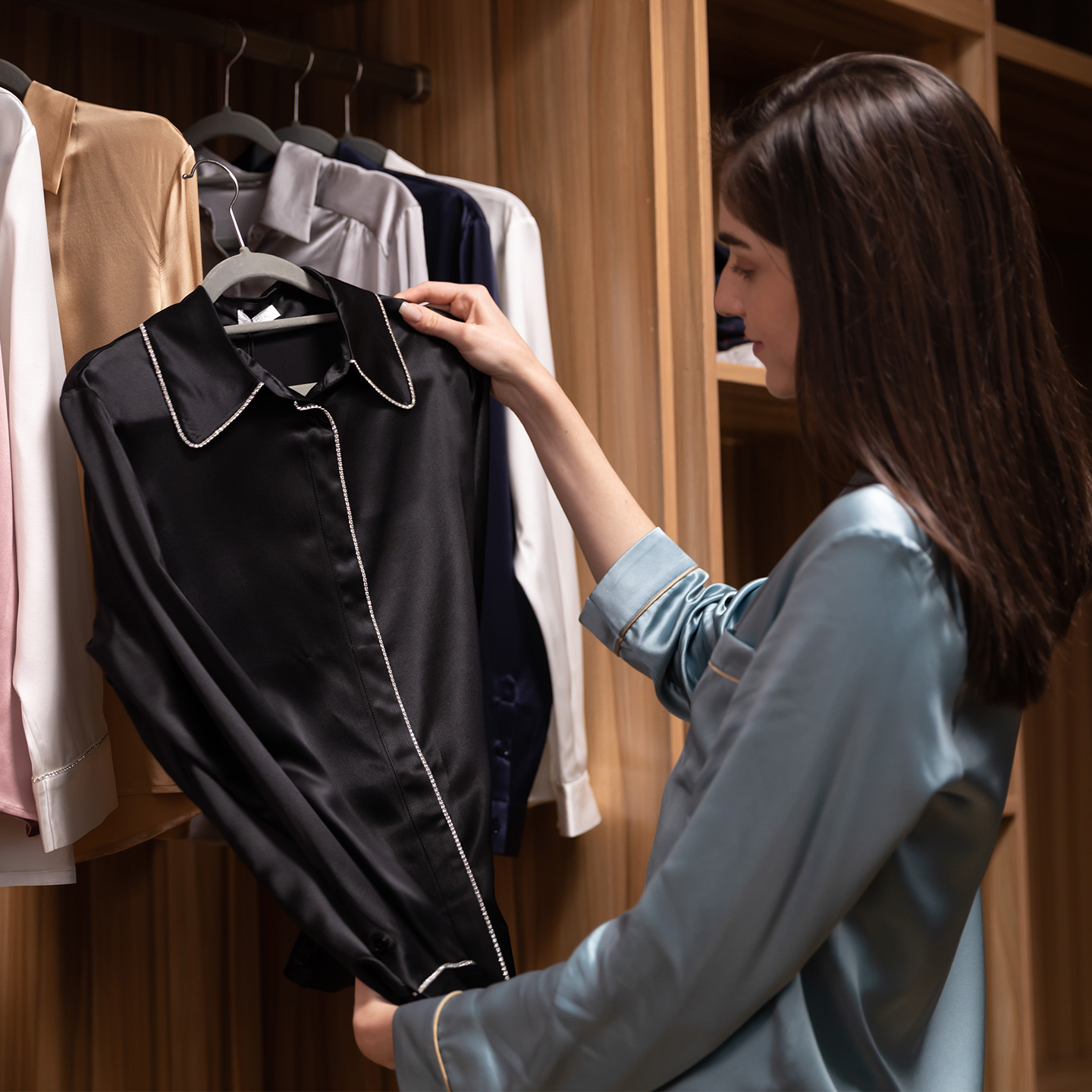
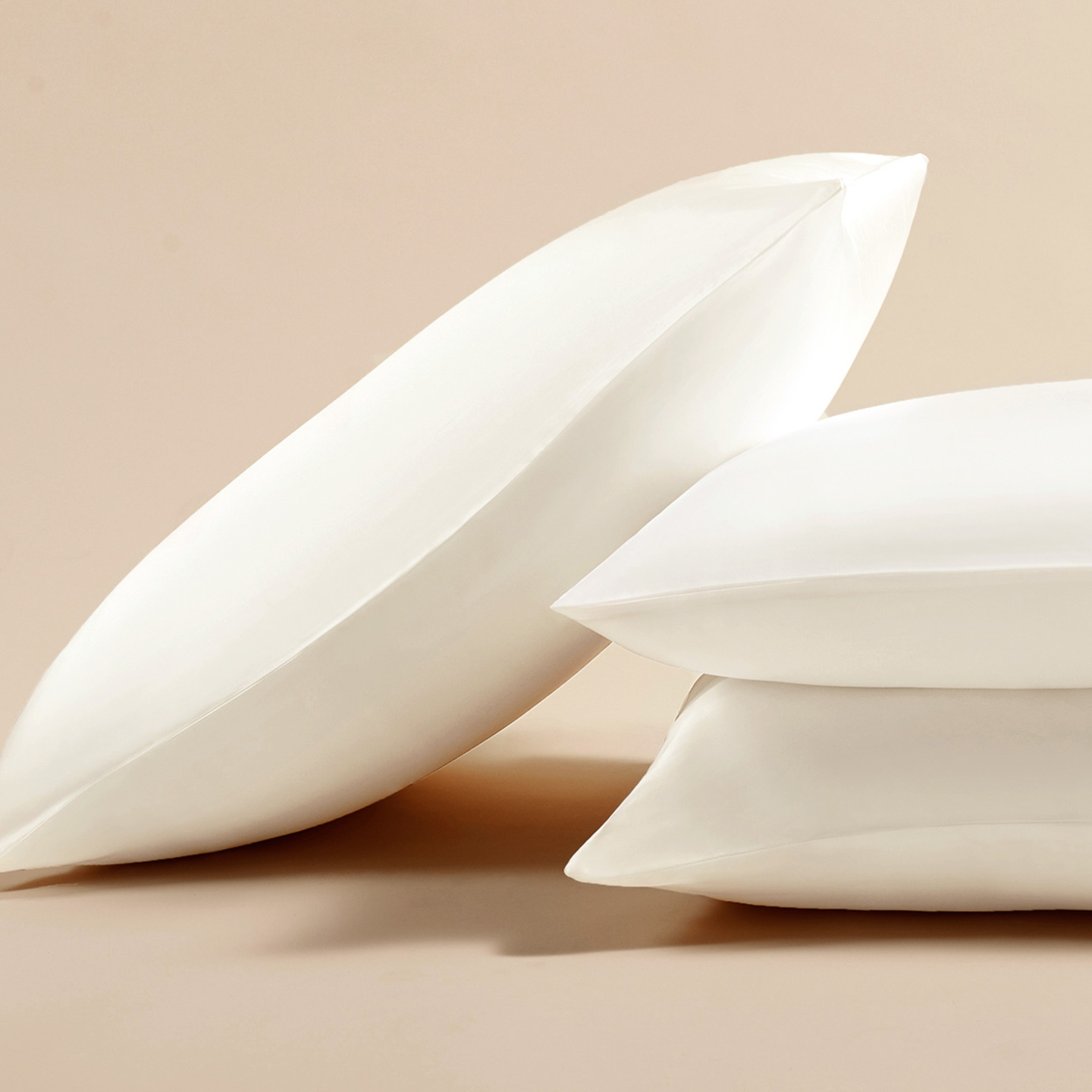
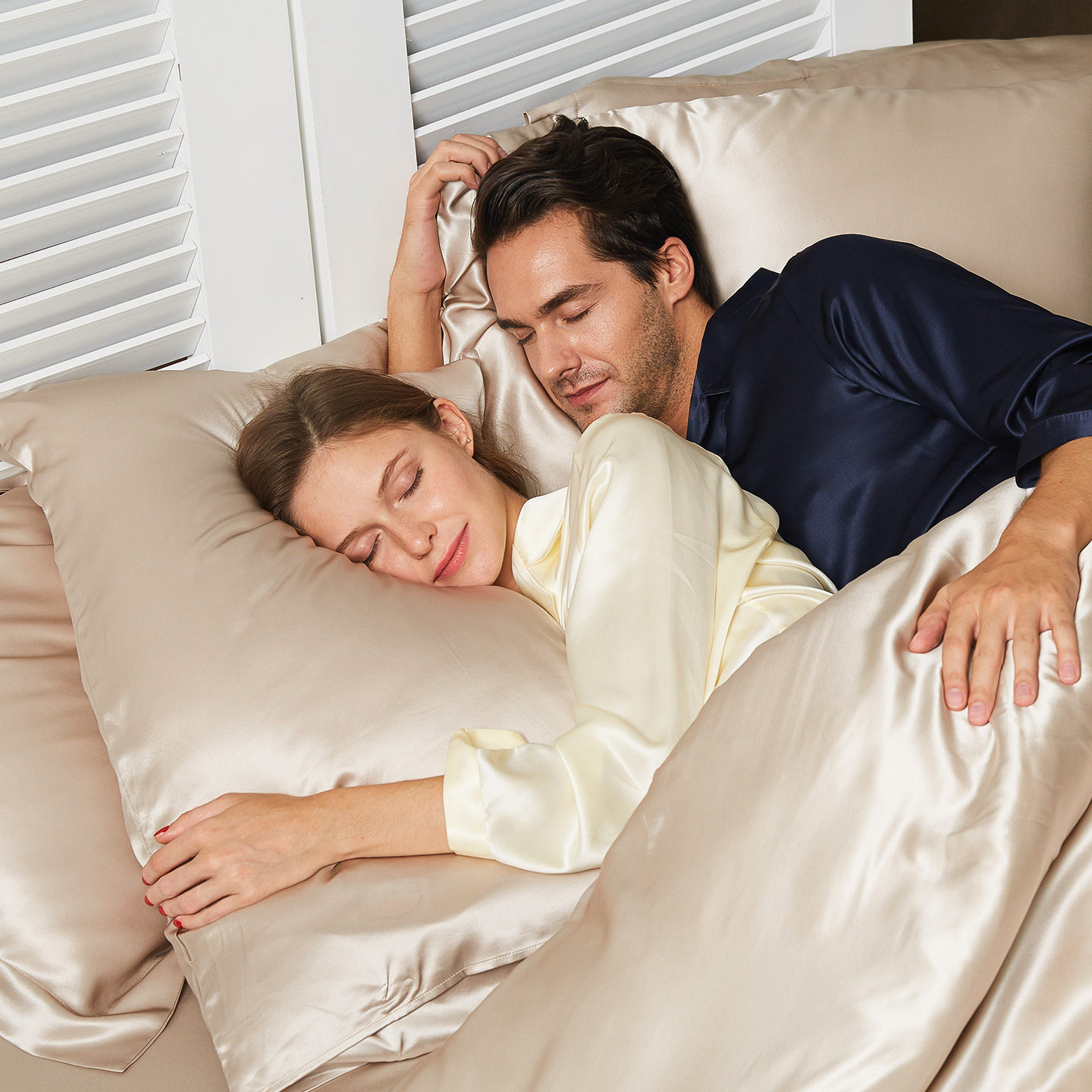

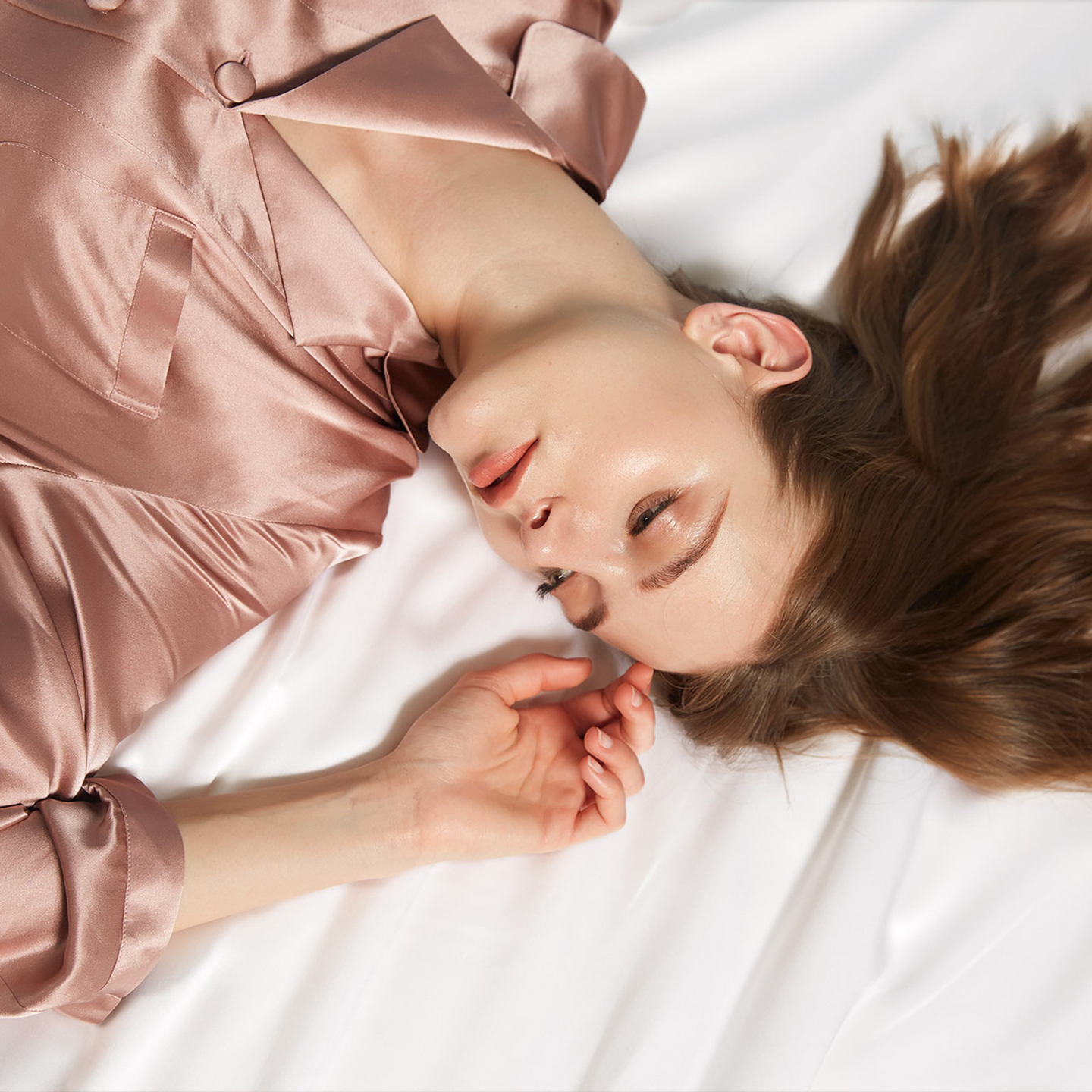
Fill a basin with <= lukewarm water 30°C/86°F is the ideal temperature for silk to be hand-washed.
We recommend TENESTAR as the brand of specialized silk cleaner agents for our products. Woolite and other mild detergents can also be used.
Soak the silk item and leave it to soak for three minutes.
Take the silk item and gently plunge it up and down in the water to move the water through the fabric and wash out any dirt or residue. This motion simulates the motion of a washing machine but is much more gentle.
Take the silk item out of the water and rinse the silk item under the clean water till it runs clear, and all the detergent soap suds have been washed out.
Use a clean white towel to soak up the moisture from your silk item, but don’t rub or wring the thing.
Hang dry if possible; however, avoid direct sunlight exposure. Note: For a knitted item or cashmere item, it should be laid flat to dry. A drying rack basket recommended.
Before you throw in the wash, check the tag to see if it can be machine washed. Some silk items may lose color or get damaged if you use machine washing.
Wash different colors and fabric separately.
Turn your silk item inside out and place it in a delicates mesh bag to avoid the shearing and tearing of silk fibers.
TENESTAR recommended as it is detergent specifically designed to care for silk items. Please follow the instruction on the bottle.
Machine wash cold on a gentle cycle. Most washing tools should have a "delicate" setting. Some machines even have a silk setting specifically for cleaning silk.washed out.
Spinning can be very dangerous for silk fabric as the forces involved can shear weaker silk fibers.
Take the item out of the machine and use a clean white cloth to soak up excess moisture. Do Not Tumble Dry.
Hang dry if possible; however, avoid direct sunlight exposure. Note: For a knitted item or cashmere item, it should be laid flat to dry. A drying rack basket recommended.
After unremitting research lasting years, we are proud of our revolutionary LILYÁUREA® Natural Gold-Silk Collection which, is a solution for very sensitive skin and for those who are allergic to colorants. We will also launch our unique 100% Charmeuse silk range, with elasticity – a gamechanger in the silk industry.

